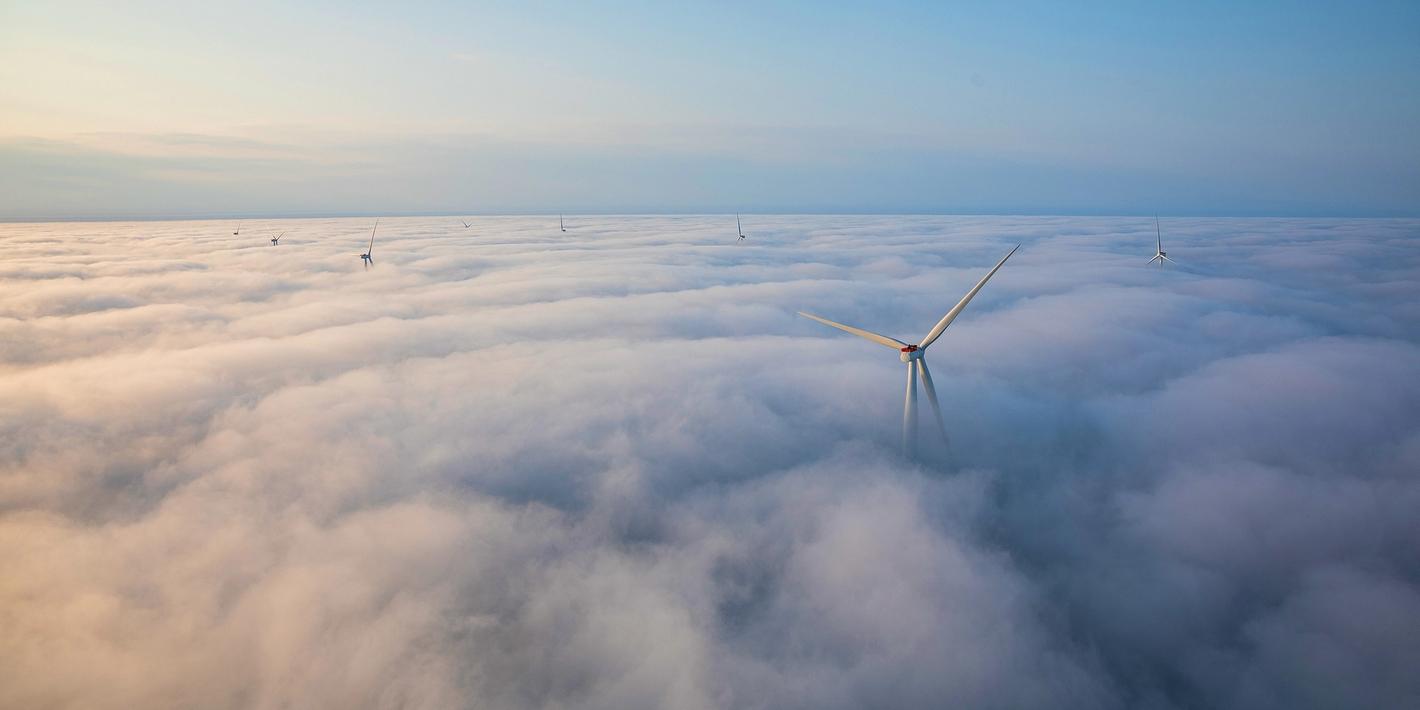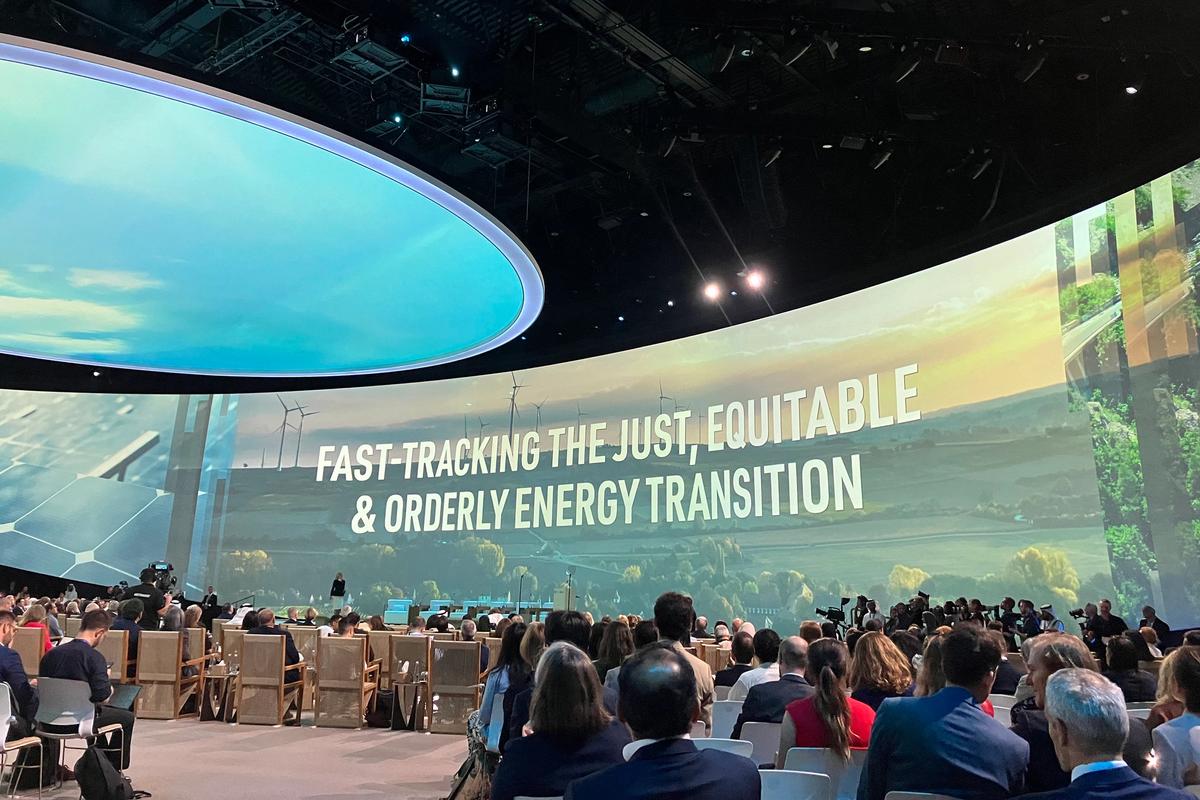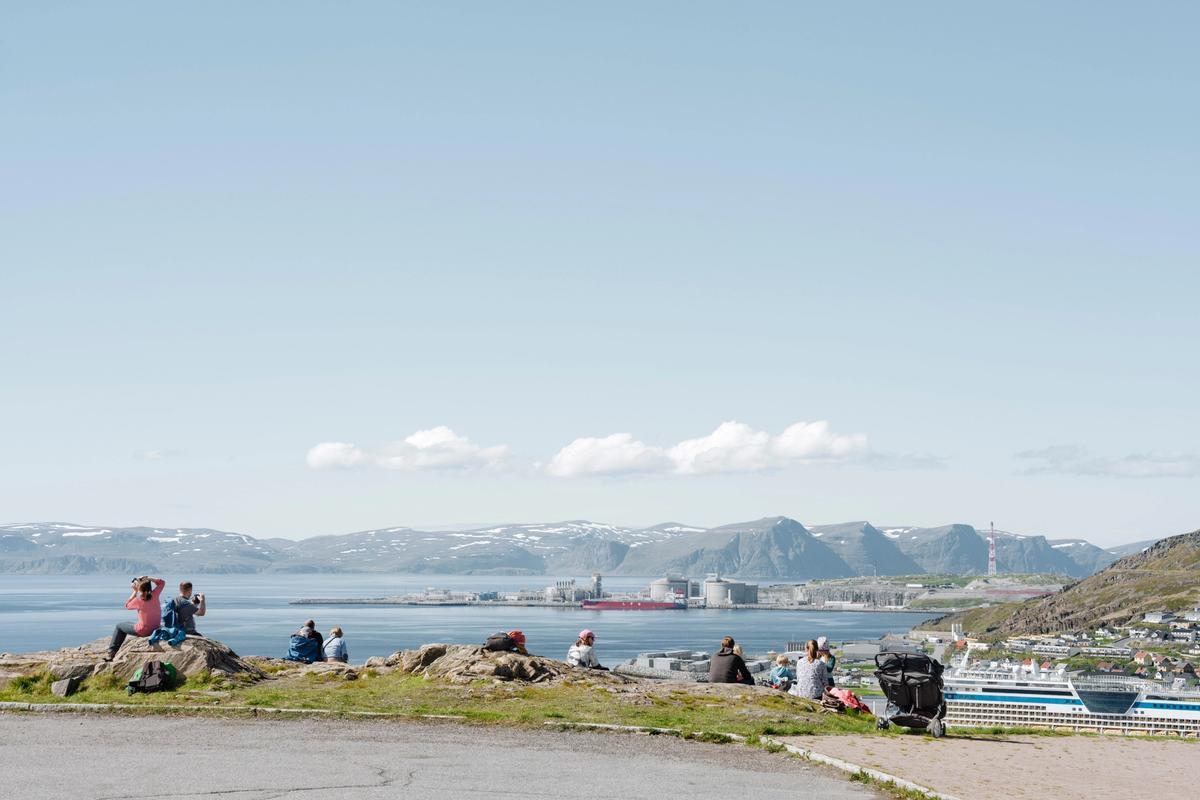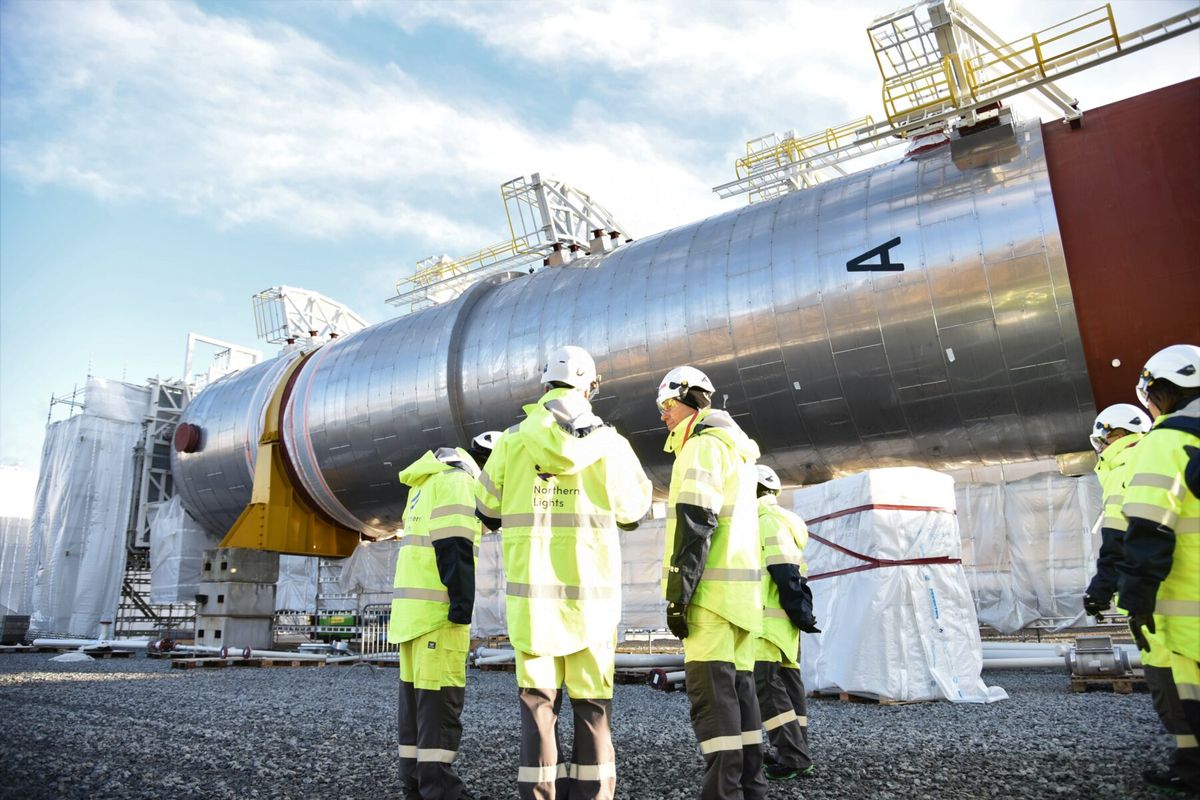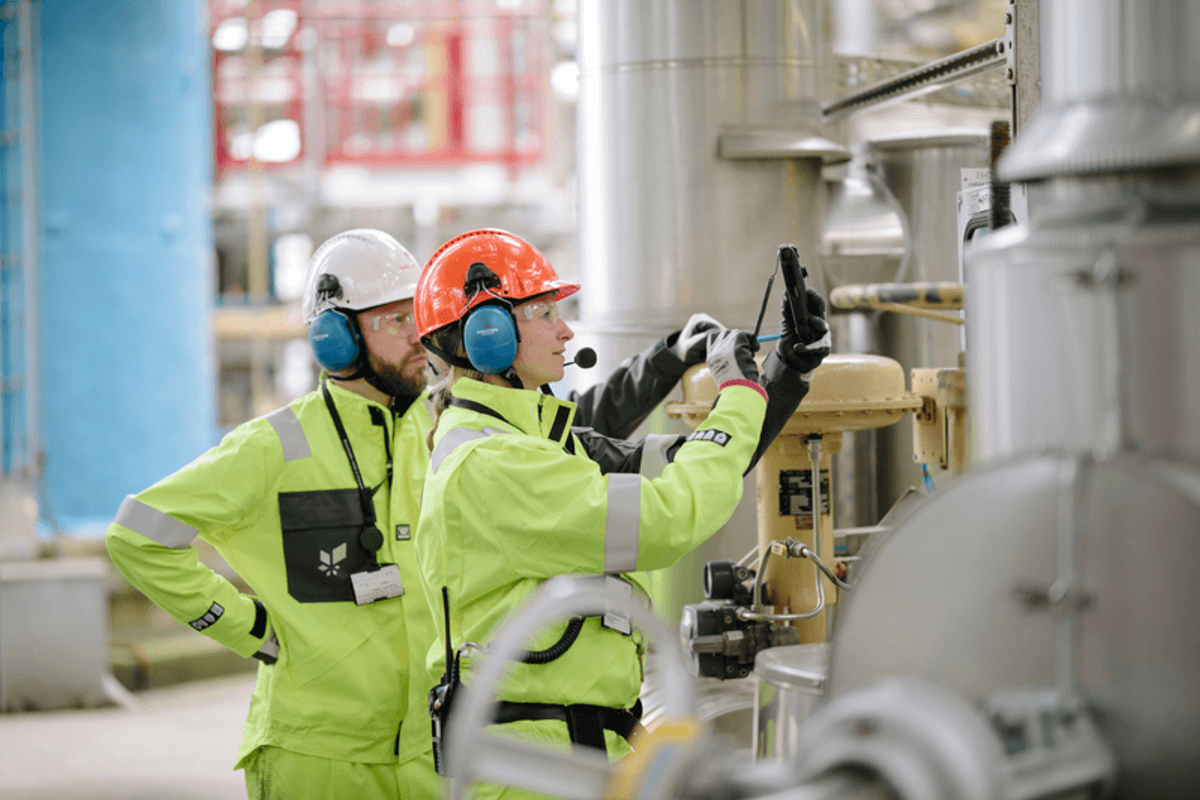Our industry may be closest to the problem. But that doesn’t mean we’re furthest from the solutions.
In Equinor, we believe we have a responsibility and an opportunity to reduce our own emissions and find solutions for systemic change. We have the technology, the expertise and the industrial strength to deliver on the future of energy.
By 2050, our ambition is to achieve net zero emissions. In the shorter term, our ambitions for 2030 are:
